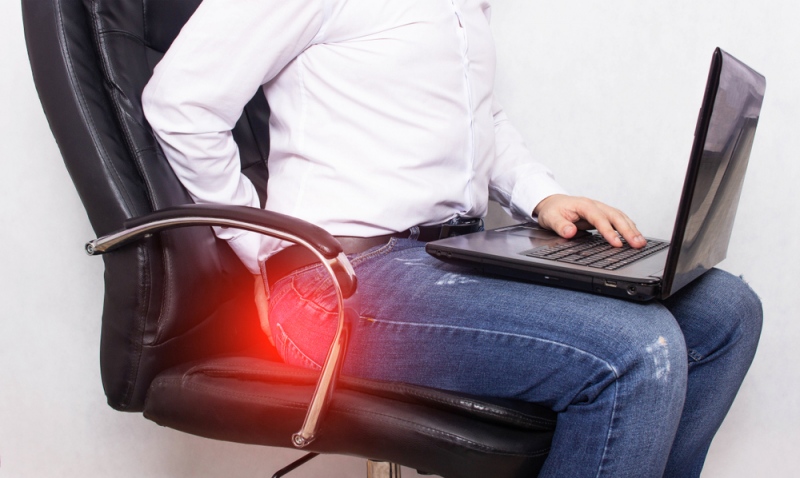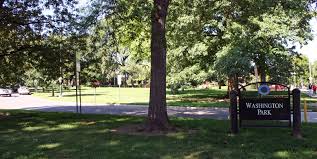Anal fissures are small tears in the lining of the rectum. They can be created by an injury in the anal canal. Most of those are caused due to constipation, diarrhea or straining during bowel movements. Man and women in the 15-40 -year-old-category are among the most frequently affected people. Anal fissures are common among women giving birth, too. Another reason for those can be Crohn’s disease, cancer, STDs, or local trauma.
Usually, anal fissures don’t last more than 4-6 weeks. There are chronic anal fissures that last longer and should be managed more intensively.
Anal fissures are easy to be diagnosed based on the description the patient gives. An examination is required, too. The primary symptom of an anal fissure is intense pain during defecation. It often persists for an hour or two afterward. Patients usually notice blood in the stool or on the toilet paper. They also report a tearing sensation during bowel movements. In some cases, there are complications like for example an anorectal fistula, failure to heal, an infection.
An examination must be performed to confirm a diagnosis. Anal fissures are not always visible, but a checkup can be useful. It can rule out some other causes for bleeding and pain such as abscesses or hemorrhoids.
How to manage anal fissures?
Most of the treatment is based on lifestyle changes and symptomatic relief. Then you can try fissure treatment without surgery. The first thing patients must do is to increase the fiber in their diet and fluid intake. Add food rich in fiber like oatmeal, whole grains, flaxseed, brown rice, and cereal. Forget about coffee, alcohol, or energy drinks. It is also important to have good anal hygiene and to keep the area around the rectum dry. Avoid putting off bowel movements for later. This may lead to constipation. Also, don’t seat on the toilet too long and use only unscented soaps. Avoid any type of skin irritants.
If these approaches are insufficient, try a stool softener.
The fissures have to heal within 3 to 6 weeks. If they don’t, topical treatment should be applied. Nitrate ointment for raising blood flow to the anal canal and Calcium channel blockers (blood-lowering medications) are the most commonly prescribed medications. The minimal period for the treatment is 6 weeks.
Then if the fissure is not healed after 6 to 8 weeks of lifestyle changes and topical treatment, the last step is usually botulinum toxin or surgery. When injected into the internal anal sphincter botulinum toxin paralyzes it for several months. This approach is effective for women that have damaged their anal sphincter during childbirth.
There are different surgical techniques used for anal fissures. They aim to relax the internal part of the anus. Here are some of them: open lateral sphincterotomy, closed lateral sphincterotomy, posterior midline sphincterotomy. Surgery should be considered only for people with chronic fissures, that can’t be healed other way.







